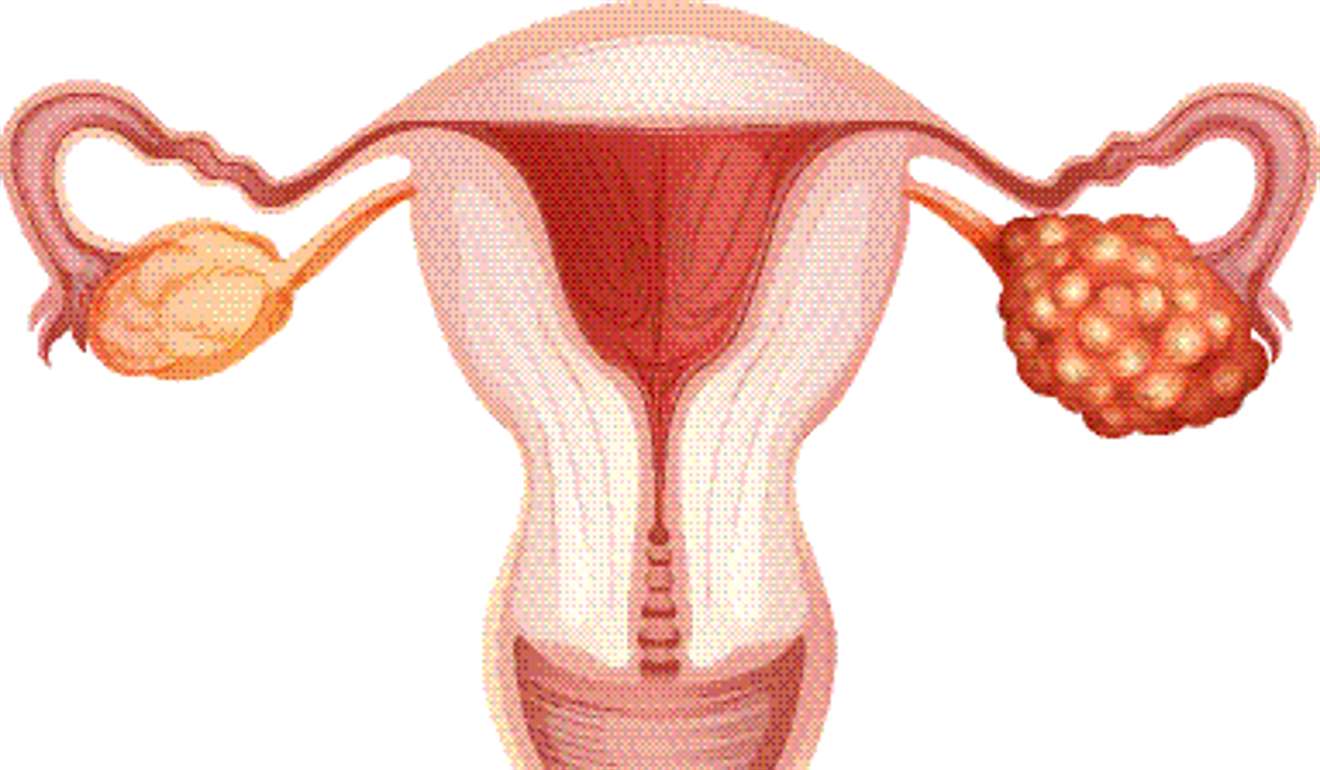
One in four Hong Kong women ignorant about city’s ‘silent killer’
Doctors call for better public education to raise awareness after 27.3 per cent admit they are clueless about their ovaries and the risks of ovarian cancer
A quarter of Hong Kong women do not know what their ovaries are for, a survey found, highlighting the ignorance surrounding ovarian cancer.
Dubbed the silent killer, it is the city’s sixth most common cancer among females, claiming 208 lives in 2015.
Doctors called for better public education to raise awareness about the risks of the disease and earlier screening and treatment.

While 60 per cent knew the ovaries released eggs and estrogens, 27.3 per cent could not identify their purpose. A majority also held the misconception that ovarian cancer was less common than cervical cancer.
The survey was commissioned by the Hong Kong Society of Clinical Oncology. Its honorary secretary, William Foo Wai-lam, said there was much room for improvement on health awareness.
“Half of the respondents did not know women aged 45 or above were at greater risk of ovarian cancer,” he said. “Apart from age, those who have never given birth or possess a family history of ovarian cancer should also pay extra attention.”
Foo said another reason for the lack of vigilance was the commonly mistaken belief that ovarian cancer was rare. “One of the reasons for that is because the early symptoms are not obvious and make the disease more difficult to detect.”
Symptoms included abdominal swelling, bleeding of the vagina, a constant urge to urinate and even indigestion.
Professor Hextan Ngan Yuen-sheung, head of the university’s Department of Obstetrics and Gynaecology, said such signs could easily be ignored or confused with other diseases.
“Some women could think this is part of the menstrual cycle, or a gastrointestinal problem,” she said.
“If these symptoms occur more than 12 days a month, it may be caused by the swelling of the tumour inside the ovary, which in turn exerts pressure on the abdominal area.”
The exact cause of ovarian cancer had yet to be ascertained, Ngan added.
“It could be due to the mutation or abnormal growth of cells triggered by tiny damage and recoveries of ovarian tissues during ovulation,” she explained.
While tests such as vaginal examinations, ultrasound or computer scans were available to diagnose ovarian cancer, Pap smear tests only detect cancer in the cervical area, not the ovaries.
To make things more complicated, many ovarian cancers are only detected at stage three or four, the final phase of the disease.
From stage two onwards, the tumour would spread to tissues surrounding the ovaries, rendering surgical removal of the organs an ineffective option.
A number of targeted therapy drugs and inhibitors were available to contain the spread of cancer cells and minimise its risk of progression.

